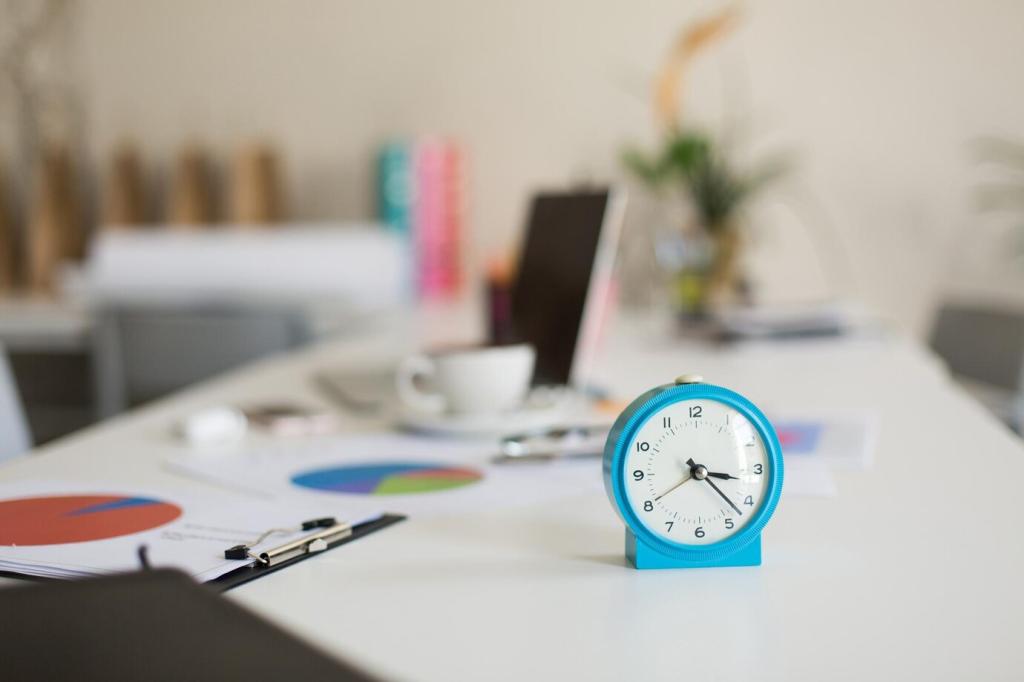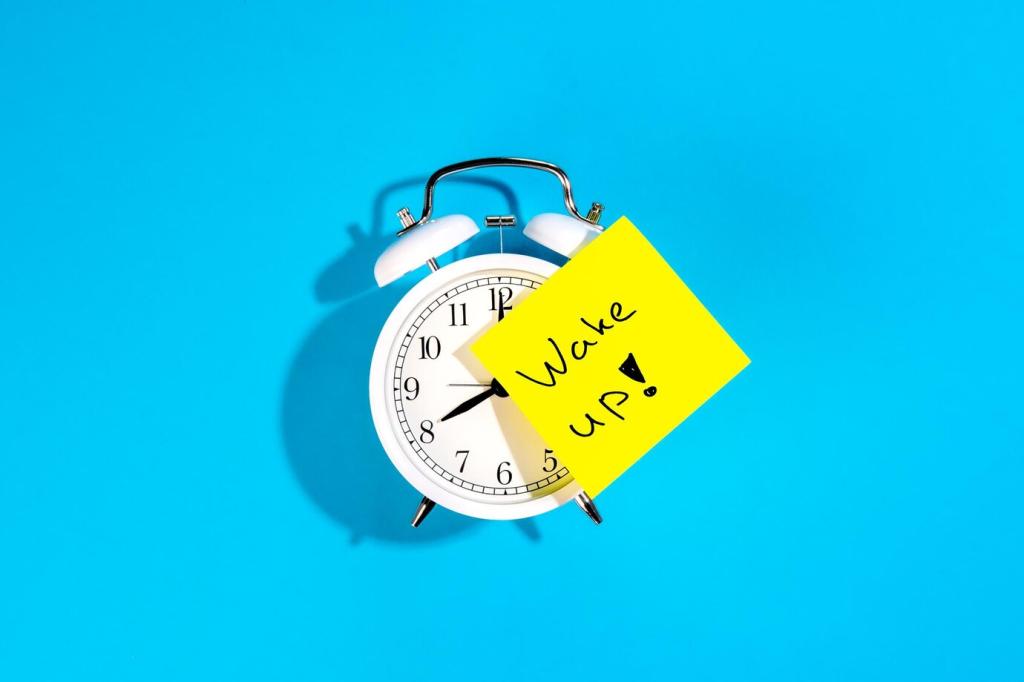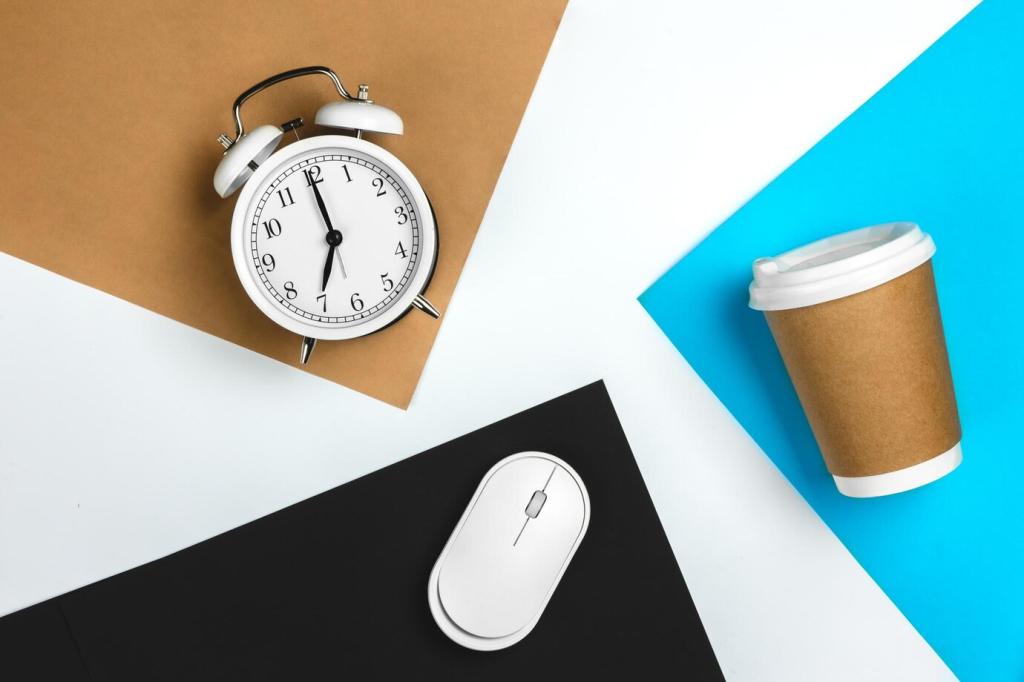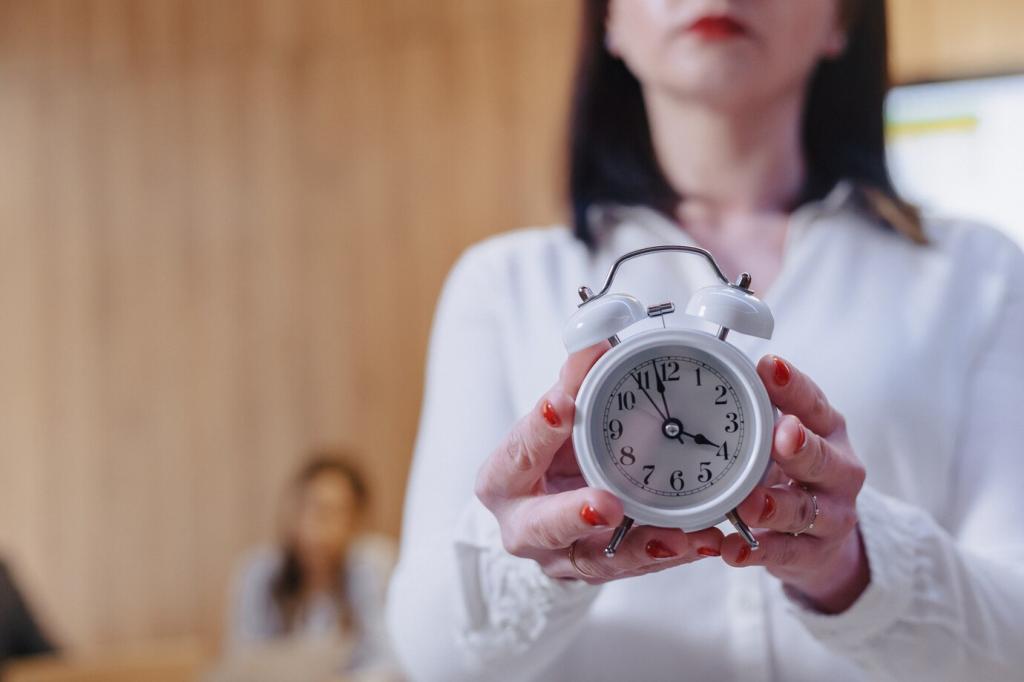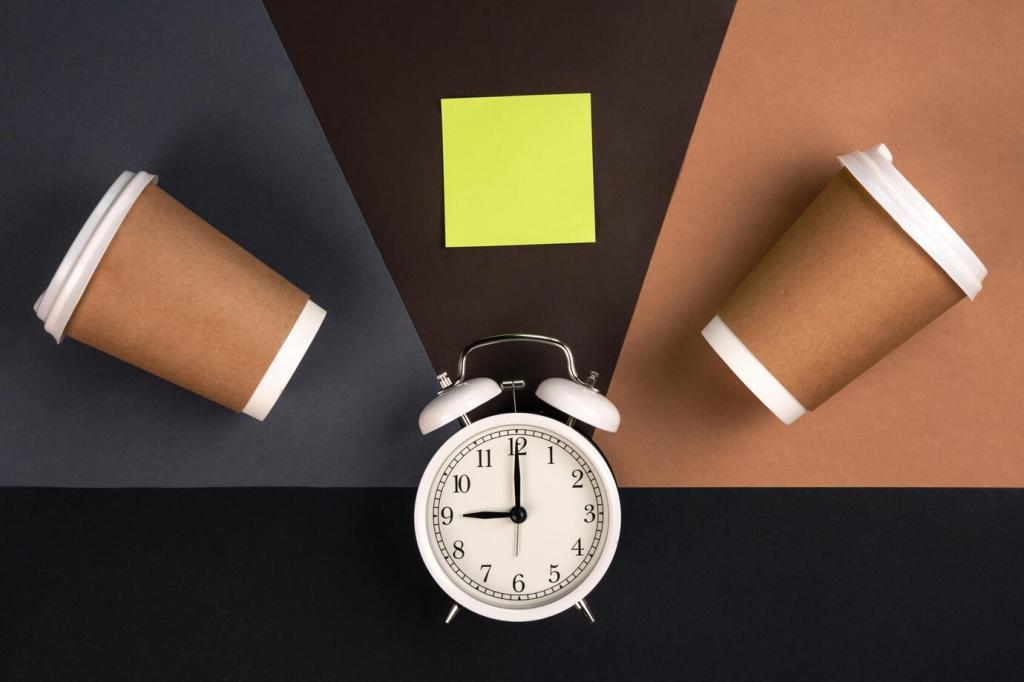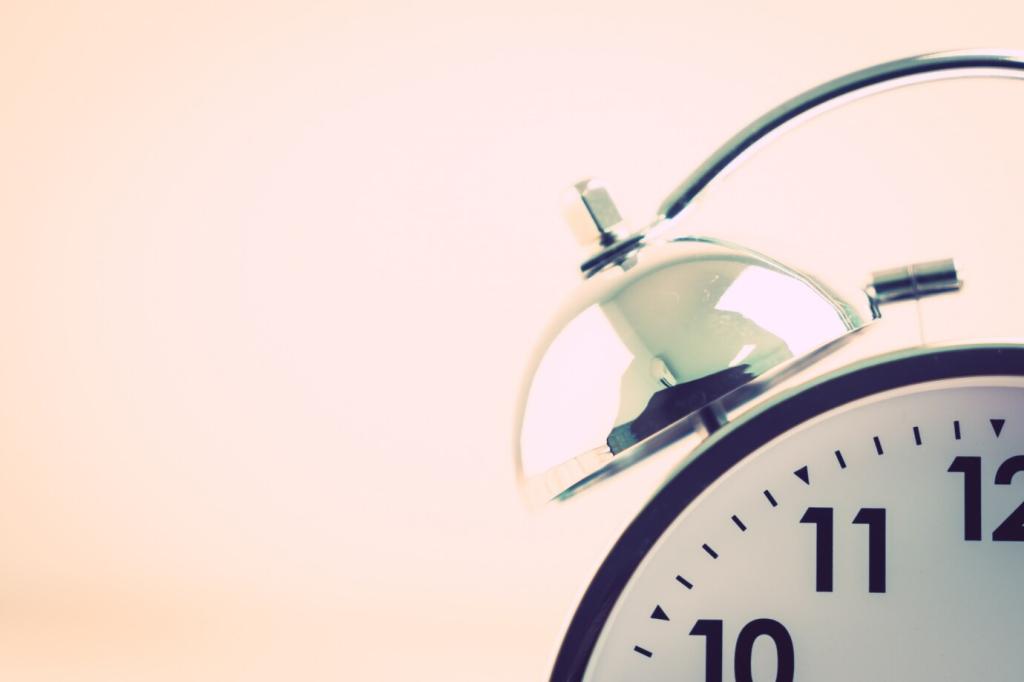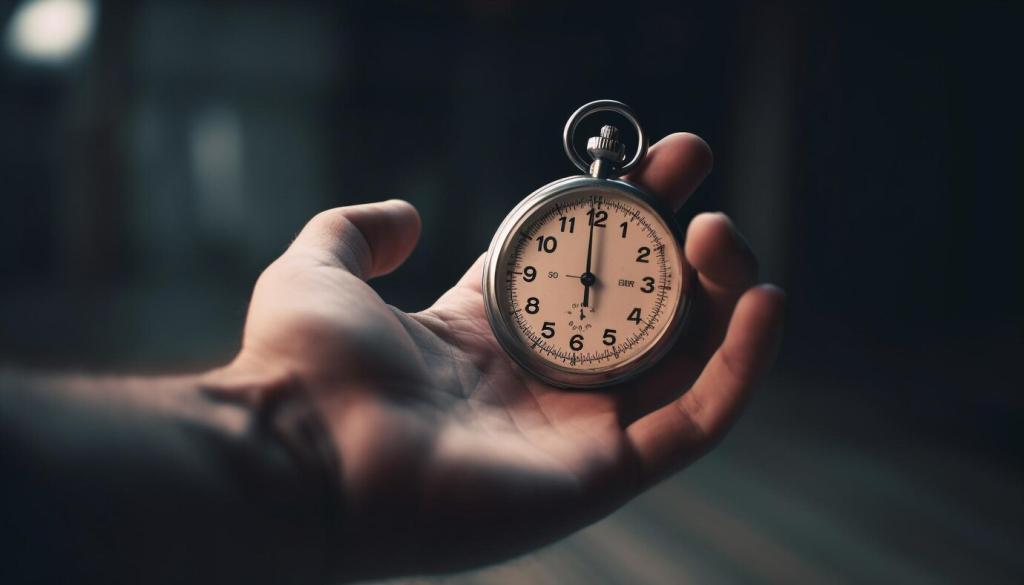Screens, Sleep, and Growing Brains
Teens naturally drift later, and screens amplify that shift. Homework on laptops, gaming with friends, and streaming series can push bedtimes well past healthy limits. What family agreements have helped reclaim wind-down time without constant arguments or power struggles?
Screens, Sleep, and Growing Brains
Parking devices outside bedrooms reduces temptation and nighttime wake-ups. A shared charging space supports consistent limits and protects privacy at night. If you have tried a hallway dock or kitchen hub, share the bumps and wins so other families can learn.



